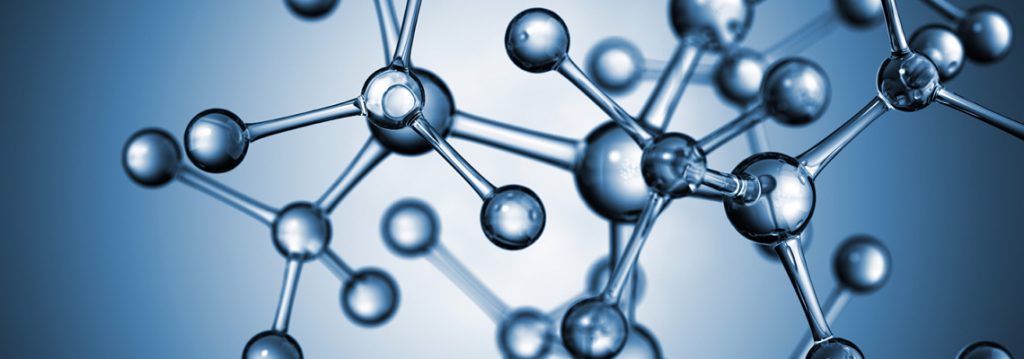Category: Technologies
Infrastructure and Innovation
Autonomous Diagnostics to Enable Prevention and Therapeutics (ADEPT)
Dr. Amy Jenkins The Autonomous Diagnostics to Enable Prevention and Therapeutics (ADEPT) program supports individual troop readiness and total force health protection by developing technologies to rapidly identify and respond to threats posed by natural and engineered diseases and toxins. A subset of ADEPT technologies specifically support use by personnel with minimal medical training, delivering…
Read more
Atomic Magnetometer for Biological Imaging In Earth’s Native Terrain (AMBIIENT)
Dr. John Burke – A successful AMBIIENT program will lead to sensors that offer a unique capability for dynamic imaging of biological processes with extensive applications in both biomedical research and clinical diagnosis, including magnetoencephalography and magnetocardiography. Recent studies have demonstrated emerging applications in spinal signal detection, diagnosis of mild Traumatic Brain Injury, and in…
Read more
Flexible Transistors
MIT Technology Review 2001 – The implementation of pervasive computing-the spread of digital information throughout society–will require electronics capable of bringing information technology off the desktop and out into the world ( see ” Computing Goes Everywhere ,” ). To digitize newspapers, product labels and clothing, integrated circuits must be cheap and flexible-a tough combination…
Read more
Brain-Machine Interface
MIT Technology Review 2001 – Ongoing experiments in other labs are showing that this idea is credible. At Emory University, neurologist Phillip Kennedy has helped severely paralyzed people communicate via a brain implant that allows them to move a cursor on a computer screen (see “Mind Over Muscles,” TR March/April 2000). And implants may also…
Read more
Automatic Implementation of Secure Silicon (AISS)
Mr. Serge Leef For the past decade, cybersecurity threats have moved from high in the software stack to progressively lower levels of the computational hierarchy, working their way towards the underlying hardware. Despite growing recognition of the issue, there are no common tools, methods, or solutions for chip-level security currently in wide use. This is…
Read more
Bioelectronics for Tissue Regeneration (BETR)
Dr. Paul Sheehan The Bioelectronics for Tissue Regeneration (BETR) program will develop technology aimed at speeding warfighter recovery, and thus resilience, by directly intervening in wound healing. To do this, researchers will build an adaptive system that uses actuators to biochemically or biophysically stimulate tissue, sensors to track the body’s complex response to that stimulation,…
Read more
Biological Control
Dr. Paul Sheehan The Biological Control program seeks to support a wide range of potential Department of Defense (DoD) applications by establishing design and control principles that lead to reliable performance in biological systems. Leveraging technologies developed under this program will enable consistent operation of systems that combat biological threats; speed healing after physical trauma;…
Read more
Artificial Social Intelligence for Successful Teams (ASIST)
Dr. Joshua Elliott Humans intuitively combine pre-existing knowledge with observations and contextual clues to construct rich mental models of the Humans intuitively combine pre-existing knowledge with observations and contextual clues to construct rich mental models of the world around them and use these models to evaluate goals, perform thought experiments, make predictions, and update their…
Read more
Artificial Intelligence Research Associate (AIRA)
Dr. Jiangying Zhou The Artificial Intelligence Research Associate (AIRA) program is part of a broad DARPA initiative to develop and apply “Third Wave” AI technologies that are robust to sparse data and adversarial spoofing, and that incorporate domain-relevant knowledge through generative contextual and explanatory model To facilitate use of AI in the scientific process, AIRA…
Read more
Air Combat Evolution (ACE)
Col. Daniel Javorsek, USAF The ACE program seeks to increase trust in combat autonomy by using human-machine collaborative dogfighting as its challenge problem. This also serves as an entry point into complex human-machine collaboration. ACE will apply existing artificial intelligence technologies to the dogfight problem in experiments of increasing realism. In parallel, ACE will implement…
Read more









